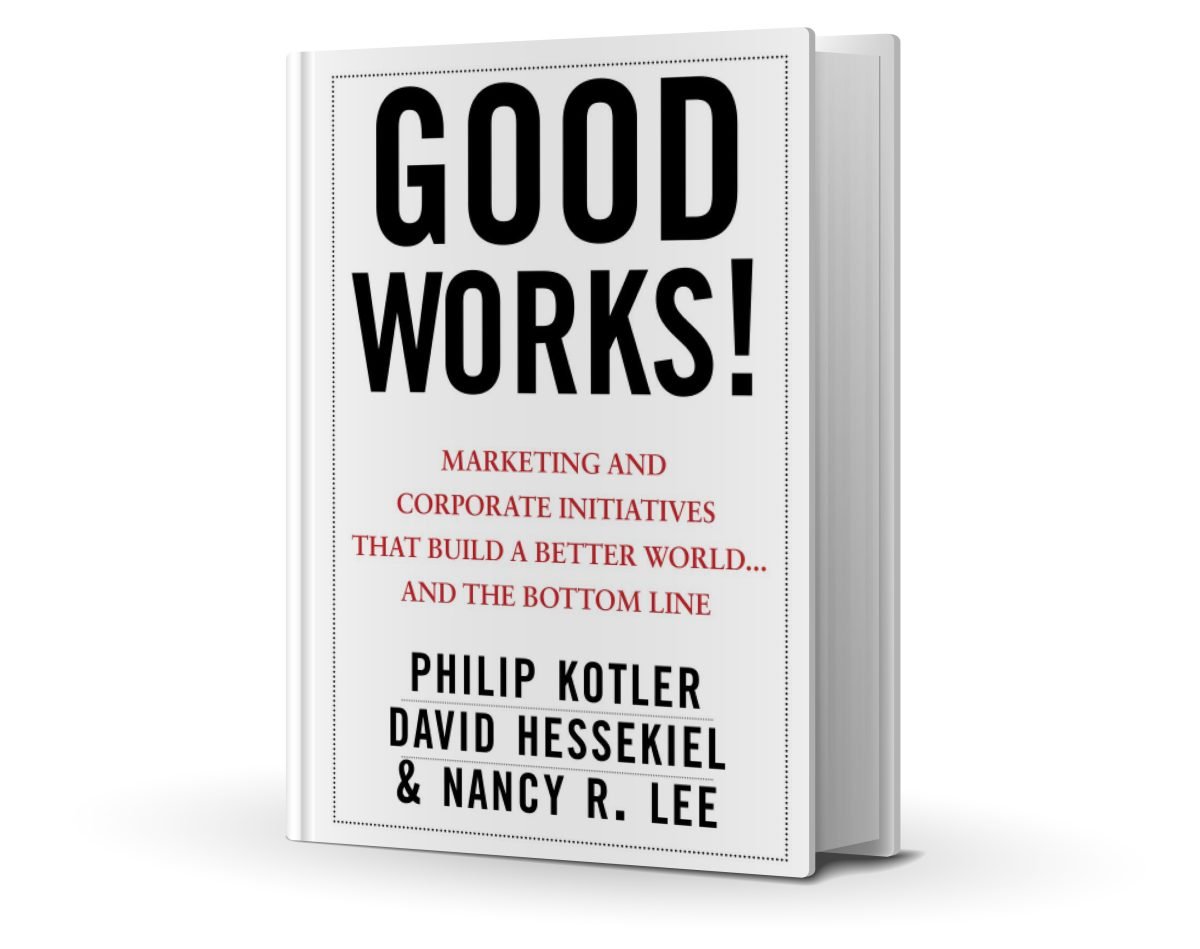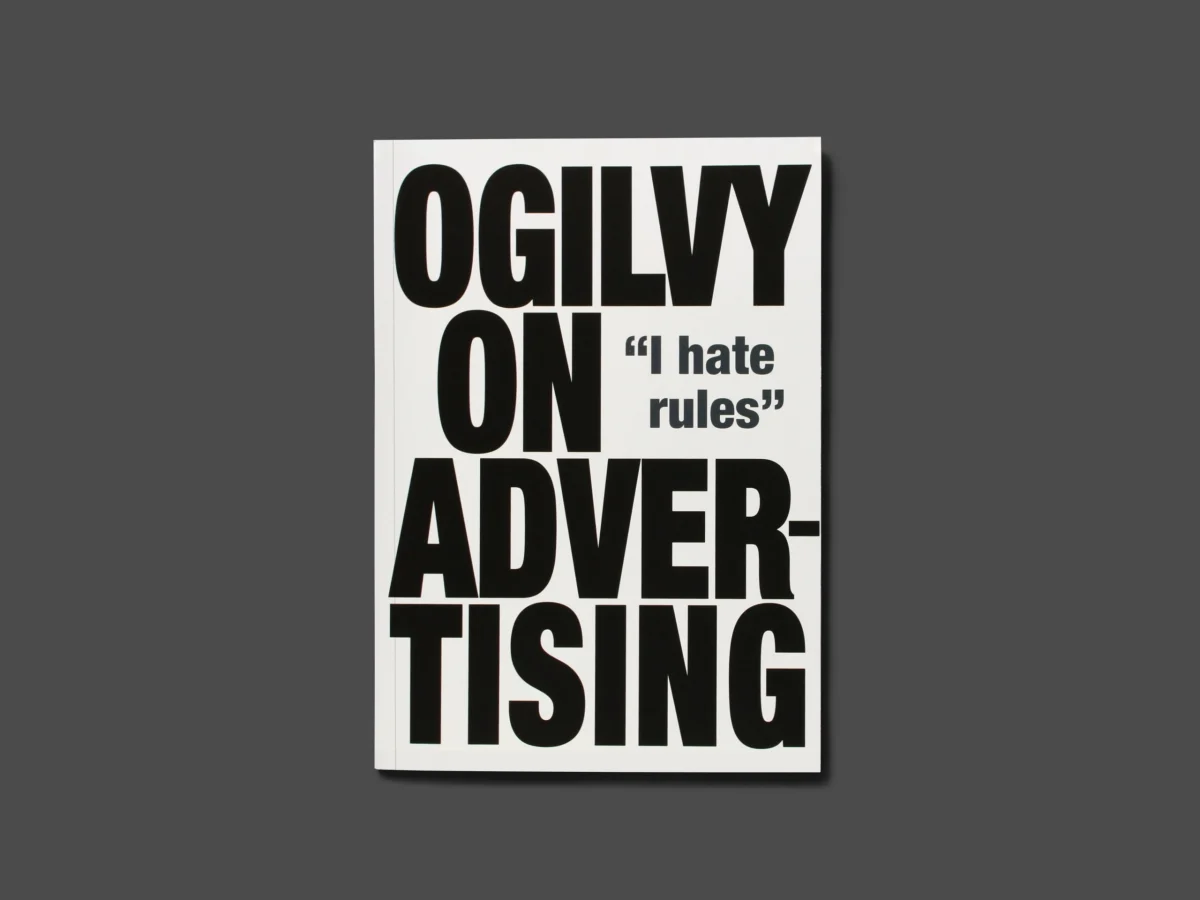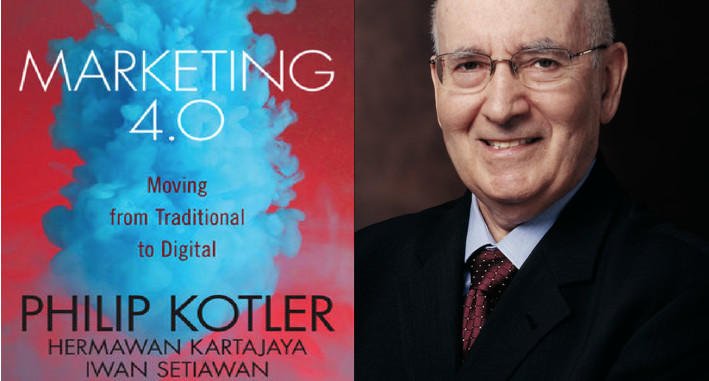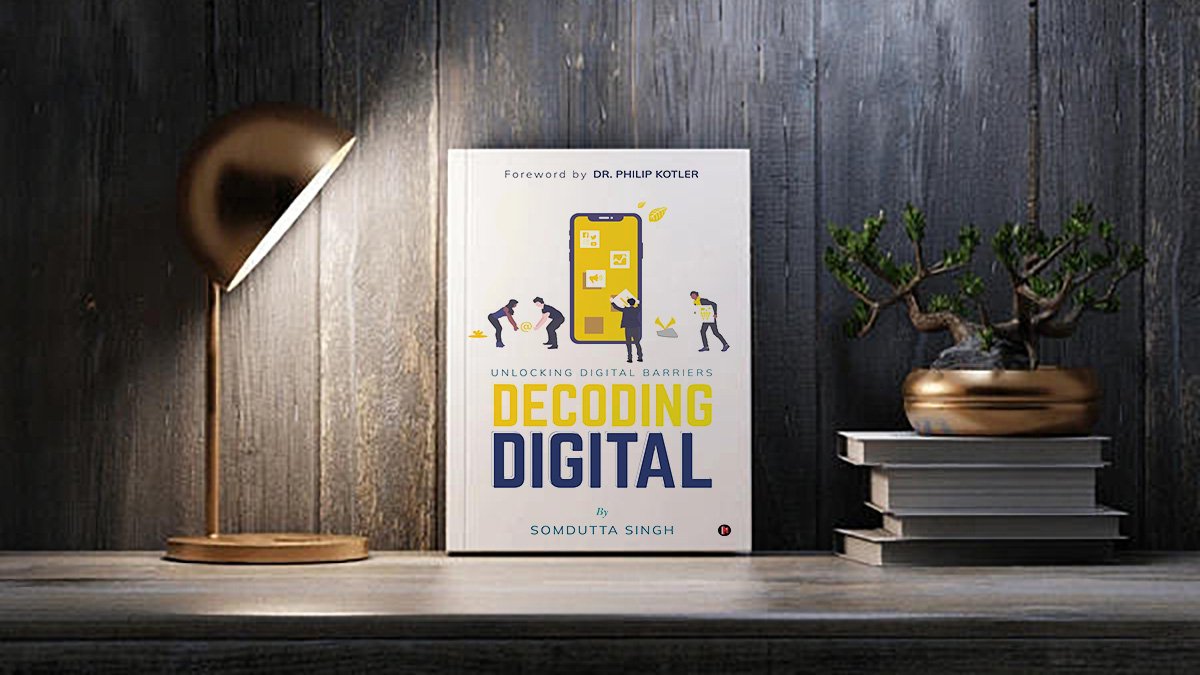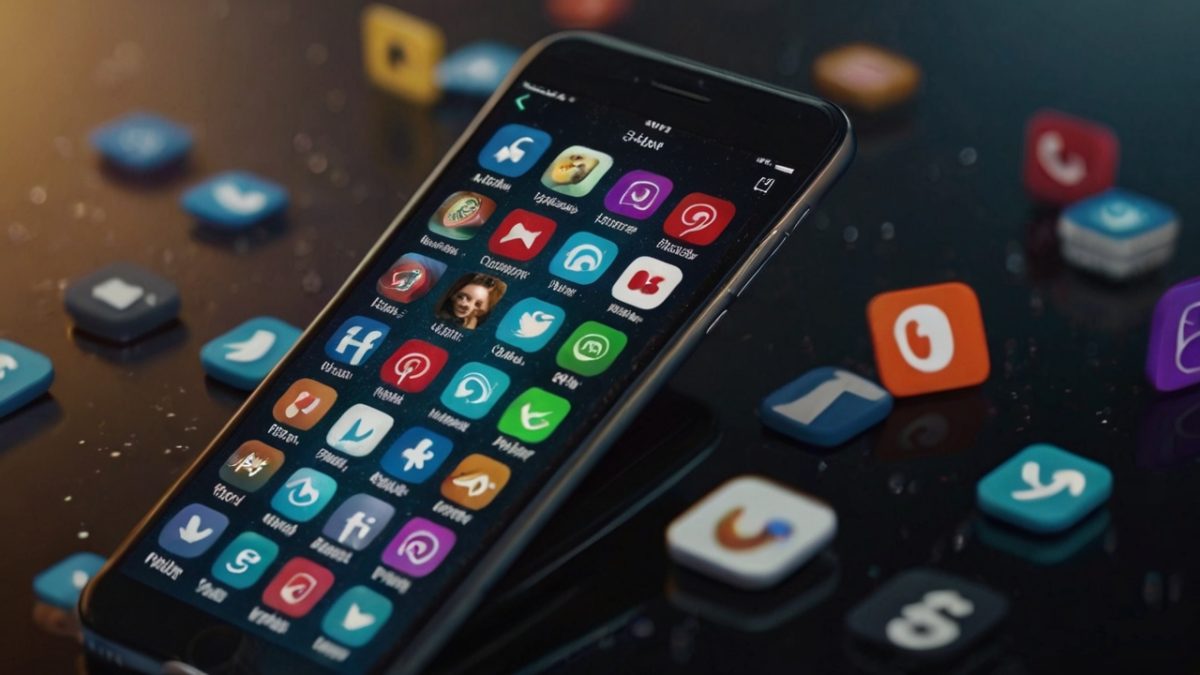Not all content goes viral. But some types of content almost always do. That’s because they exploit psychological triggers that tap directly into our instincts, emotions, and social behaviors. These are the 10 Cs of Clickbait Culture—a framework for understanding what spreads online and why.
1. Conflict
- Definition: Conflict in the context of viral content refers to drama, disagreement, confrontation, or tension—whether it unfolds online or offline. It can range from open feuds and arguments to subtle jabs, ideological clashes, or even perceived injustices. On digital platforms, conflict may come in many forms: heated Twitter debates, influencer call-outs, political rants, or videos that provoke strong opinions. The power of conflict lies in its ability to divide attention and force audiences to react-often immediately and emotionally.
- Example: Will Smith slapping Chris Rock at the Oscars.
- Psychology: Humans are tribal by nature. We instinctively pick sides in any disagreement. This “us vs. them” mindset activates the amygdala, the brain’s fear and aggression center, heightening emotional investment.
- Social Engineering: Conflict drives engagement because it invites participation—votes, opinions, shares. Platforms reward high engagement, making conflict a self-reinforcing cycle.
2. Comedy
- Definition: Comedy is one of the most universally appealing forms of content, defined by its ability to evoke laughter, amusement, or joy through humor, absurdity, wit, or light-hearted storytelling. It encompasses everything from short-form memes and viral skits to clever observations, parody videos, and exaggerated social commentary. On digital platforms, comedic content cuts through the noise and delivers instant gratification-whether through a 15-second TikTok punchline or a satirical Instagram reel. Its strength lies in its ability to transcend language, politics, or ideology and tap into the basic human need for lightness and relief.
- Example: The “It’s Corn!” remix video.
- Psychology: Laughter releases endorphins and reduces stress. People are more likely to share content that makes them feel good—it signals social intelligence and relatability.
- Social Engineering: Comedy builds instant rapport. Creators use satire and meme culture to mirror shared social experiences, making people feel “in on the joke.”
3. Cuteness
- Definition: Cuteness refers to content that showcases visually and emotionally adorable subjects, such as babies, young animals, soft voices, or anything small, gentle, and endearing. This type of content often highlights innocence, vulnerability, and warmth, capturing moments that trigger affectionate responses from viewers. Whether it’s a kitten stumbling across a room or a toddler’s giggle, cuteness taps into a universal appeal that transcends age, culture, and language. It thrives on visual softness—round features, tiny proportions, and playful expressions—offering a sense of comfort and delight that makes it effortlessly shareable and deeply likable.
- Example: A husky puppy attempting its first howl.
- Psychology: The brain responds to “baby schema” (big eyes, soft features) with nurturing instincts. This is a survival trait linked to caregiving behaviors.
- Social Engineering: Cuteness is apolitical, non-controversial, and universally appealing, making it the safest form of viral content.
4. Cringe
- Definition: Cringe refers to content that captures socially awkward, embarrassing, or uncomfortable moments—often involving someone trying too hard, failing publicly, or missing social cues. While it can make viewers squirm, it also keeps them intrigued, as it taps into a deep psychological fascination with watching others navigate humiliation or discomfort. Cringe content draws attention precisely because it sits at the edge of secondhand embarrassment and guilty pleasure. It’s the digital equivalent of not being able to look away from an awkward moment, making it oddly addictive and highly shareable.
- Example: “Hi, my name is Trey, I have a basketball game tomorrow”.
- Psychology: Cringe activates empathy and discomfort. We’re fascinated by others failing publicly because it triggers our fear of social rejection while offering a safe space to observe it.
- Social Engineering: Cringe is participatory. It encourages parody, stitches, and duets. People comment to share their discomfort, boosting algorithmic reach.
5. Controversy
- Definition: Controversy is the internet’s favorite chaos button. It’s that kind of content that pokes the bear—bold, loud, and unapologetically divisive. Whether it’s a hot take that flips the table on social norms or a wild opinion no one saw coming, controversy grabs people by the collar and demands a reaction. It thrives on shaking things up—getting people to argue, defend, cancel, or clap back. It’s not about being right or wrong; it’s about getting noticed, stirring the pot, and watching the comment section explode. If it makes people uncomfortable and keeps them talking, it’s pure controversy gold.
- Example: Andrew Tate’s gender-role statements.
- Psychology: Controversy exploits cognitive dissonance. It forces people to reconcile clashing values, leading to strong emotional reactions—either support or outrage.
- Social Engineering: Algorithms love engagement, and nothing fuels comments, shares, and duels like outrage. Brands and influencers often use “polarization marketing” to stay relevant.
6. Curiosity
- Definition: Curiosity is that itch your brain has to scratch. It’s the “Wait… what?!” moment that pulls you into a rabbit hole of random facts, weird trivia, and mind-blowing mysteries. Whether it’s a question like “How deep is the ocean really?” or a headline that ends with “…and what happened next will shock you,” curiosity teases your mind with a juicy gap between what you know and what you need to find out. It’s the reason you click, scroll, and binge videos at 2 AM. The less it tells you up front, the more you can’t resist. That’s the magic—curiosity doesn’t push, it pulls. Hard.
- Example: “How deep is the ocean, really?” visual deep dive.
- Psychology: The information gap theory (Loewenstein, 1994) states that curiosity arises when we perceive a gap between what we know and what we want to know.
- Social Engineering: Curiosity creates click-throughs. Headlines and thumbnails often use cliffhangers and incomplete information to lure users in (e.g., “You won’t believe what happens next…”).
7. Challenge
- Definition: Challenge content is the internet’s way of saying, “Bet you won’t.” It’s all about joining the hype—whether you’re dumping ice water on your head, dancing to the latest TikTok sound, or trying not to laugh at a ridiculous video. Challenges tap into our competitive side (watch me nail this) and our social side (everyone else is doing it, so I will too). They’re fun, repeatable, and just the right amount of risky or ridiculous to make them irresistible. The best part? Anyone can join in, remix it, and make it their own—turning one trend into a viral chain reaction that spreads like wildfire.
- Example: The Ice Bucket Challenge.
- Psychology: Humans are competitive and communal. Challenges combine status-seeking behavior (look what I can do) with community inclusion (join the trend).
- Social Engineering: Challenges go viral because they’re replicable. Anyone can participate and modify the format, creating an exponential chain of content.
8. Coincidence
- Definition: Coincidence is that spooky little moment when the universe feels like it’s winking at you. It’s two strangers with the exact same outfit sitting next to each other on a plane—or someone saying something just as it happens on TV. These moments feel too perfect to be random, and that’s exactly why we love them. Our brains are wired to look for patterns, so when life hands us one on a silver platter, we notice. It feels magical, lucky, even a bit eerie—and we have to share it. Because let’s be honest: when real life feels like a movie scene, who wouldn’t want a front-row seat?
- Example: Two doppelgängers meeting on a flight.
- Psychology: Coincidences trigger the pattern-recognition function in the brain. We are wired to find meaning in randomness because it helped early humans detect threats and opportunities.
- Social Engineering: These moments are rare, making them novel. Novelty, combined with surprise, boosts memory and shareability.
9. Confession
- Definition: Confession content is the internet’s version of whispering a secret in a crowded room—and watching everyone lean in. It’s raw, real, and often messy. Whether it’s an anonymous Reddit post saying “I got fired and never told my family” or a TikTok tearfully sharing a breakup, confessions hit hard because they strip away the filters. They’re vulnerable, and that vulnerability builds instant human connection. We don’t just read it—we feel it. It’s like emotional eavesdropping, and once we’re hooked, we want more. These posts turn strangers into storytellers, and audiences into quiet confidants. And the more real it feels, the more viral it becomes.
- Example: “I got fired and never told my family” post on Reddit.
- Psychology: Vulnerability creates connection. Confessions reduce psychological distance and trigger mirror neurons—we feel what the poster feels.
- Social Engineering: Confessions drive parasocial relationships. Readers become emotionally invested, leading to follow-ups, shares, and loyal followers.
10. Connection
- Definition: Connection is that warm, fuzzy feeling when you stumble on a post and think, “Wow, that’s exactly how I feel.” It’s content that speaks your truth—whether it’s a tweet that says “You’re not lazy, you’re just overwhelmed” or a video about social anxiety that feels like it was made for you. This kind of content doesn’t need to go viral with shock or drama—it goes viral because it’s real. It reflects everyday struggles, little wins, quiet fears, and shared human moments. And when people see themselves in something, they react with “same,” “mood,” or “I needed this.” That’s the magic of connection—it reminds us we’re not alone, and that simple feeling is powerful enough to spread.
- Example: “You’re not lazy, you’re just overwhelmed” tweet.
- Psychology: Connection satisfies our need for belonging (Maslow’s hierarchy of needs). Seeing our own experience reflected in others affirms our identity and reduces isolation.
- Social Engineering: Relatability drives comments like “This is so me” or “I thought I was the only one,” which boost reach. It’s a digital nod that says: you’re not alone.
The 10 Cs aren’t just buzzwords—they’re emotional levers. Each one taps into fundamental human instincts: our craving for acceptance, outrage, humor, awe, and understanding. Smart content creators use these principles not by accident but by design. Virality isn’t just about luck—it’s a masterclass in psychology, timing, and behavioral science. The next time something pops off online, ask yourself: which of the 10 Cs did it hit?



